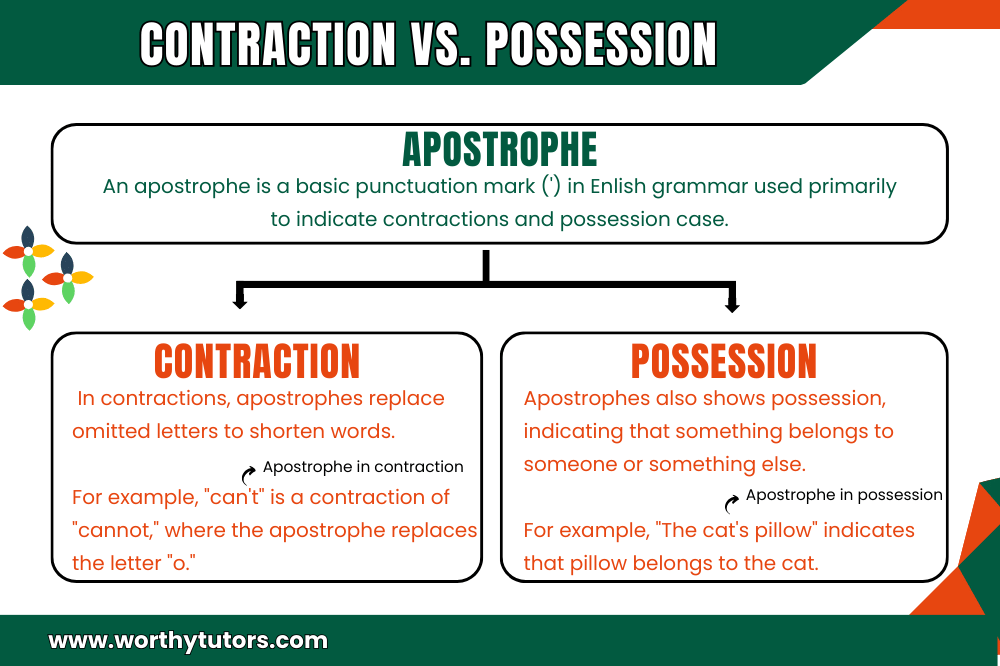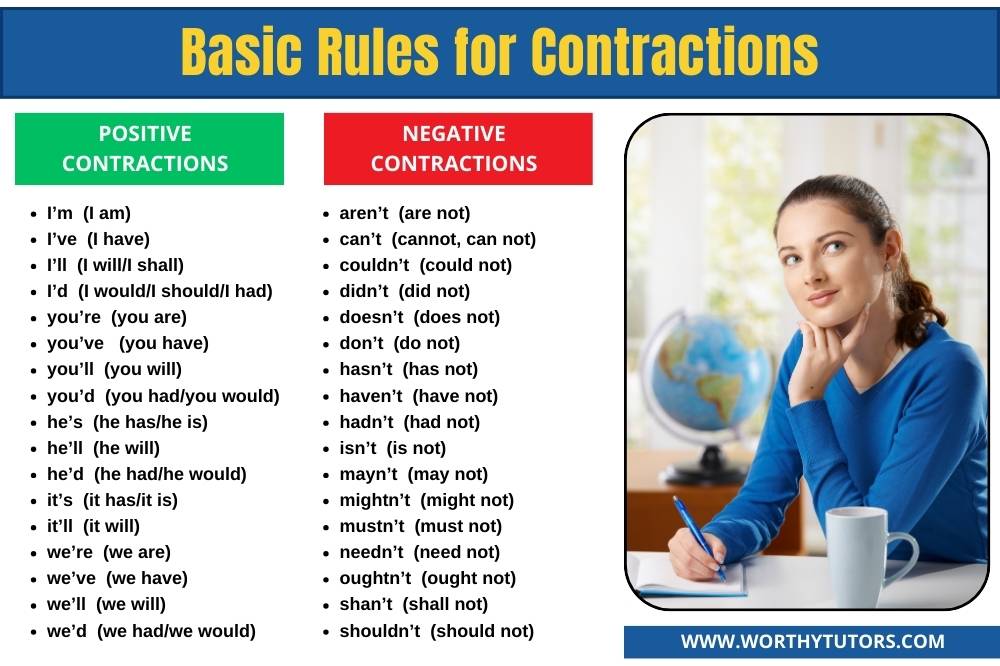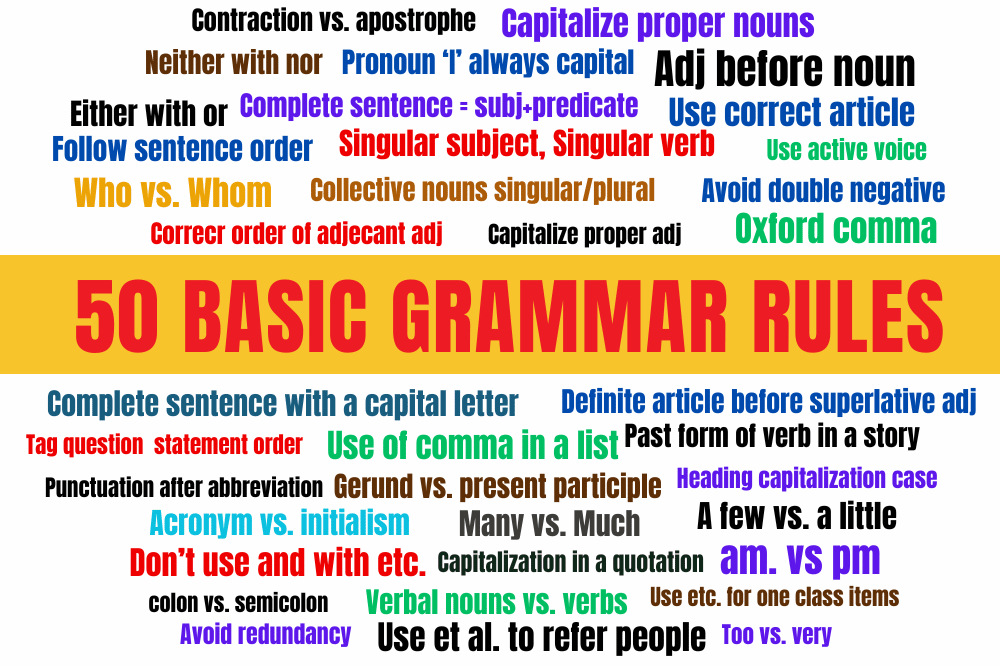
To know about the use of an apostrophe in contraction and possessives is very tricky for students and writers. Sometimes students stuck in their writing when they come across the use of apostrophe. Both terms are often used interchangeably but serve distinct purposes. Learning their differences is very necessary for effective writing. In this article, we’ll differentiate the use of apostrophes for contractions and possession, and will provide practical tips for their correct usage.
Introduction to the Use of an Apostrophe
Before going into direct sentence examples, we will discuss the basic function of apostrophe in contraction and possession.
What Is an Apostrophe: Its Functions and Usage
An apostrophe is a punctuation mark used primarily to indicate possession or to denote the omission of letters in contractions. Apostrophe is a simple punctuation mark that is used in different context. The dual use of apostrophe punctuation mark defines the nature of usage that either it is a contraction or a plural possessive. Apostrophe itself is not a function that change the context but it form either words’ contraction or shows possessive case.
Apostrophes in contractions
Contractions are shortened versions of words or phrases formed by combining two words and replacing omitted letters with an apostrophe. They are commonly used in informal writing and dialogue to mimic spoken language. Can’t” is a contraction of “cannot. We can use can’t to replace cannot in a sentence. Look at the below examples:
- We can’t afford air ticket to fly Dubai.
While contractions add a conversational tone to writing, they should be used judiciously in formal contexts. Some examples of contractions include:
- Don’t (do not)
- Can’t (cannot)
- You’ll (you will)
- Won’t (will not)
- I’m (I am)
- She’s (she is).
- It’s (it has / it is)
To learn the basic rules for making contractions, read out our article: Basic Rules for Contractions
Apostrophes in Possessives
Apostrophes also shows possession, indicating that something belongs to someone or something else. The use of apostrophe very in possessive case depending on the singular and plural possessive.
Use of Apostrophe for Singular Possessive Case
For singular nouns, the apostrophe is followed by an “apostrophe + s”. See below example:
- The cat’s pillow is wet.
- The John’s desk is empty today.
Use of Apostrophe for Plural Possessive Case
While for plural nouns ending in “s,” the apostrophe alone suffices. For example:
- The cats’ pillows are wet.
- The students’ desks are full now.
The apostrophe at the end of cats and students (plural noun) signifies that ownership belongs to many (cats / students). To avoid confusion, it’s essential to place the apostrophe correctly, ensuring it reflects the plural ownership accurately.
Key Differences Between Contractions and Possessives
While apostrophe is a multipurpose punctuation marks serving various functions.
- Contractions serve the basic purpose for shortening the words.
- Possessives show ownership.
- Singular possessives show ownership of a singular noun/pronoun.
- Singular Possessive follow apostrophe+s like cat’s tail.
- Plural possessives serve the specific purpose of an ownership of many.
- In plural possessives, only apostrophe is placed at the end of the word.
Conclusion
In conclusion, learning the correct use of apostrophes in contractions and possessives is essential for good writing skills. By understanding their distinct roles, writers can improve professionalism of their writing skills.
Frequently Asked Questions by Students and Writers
Q: Can contractions be used in formal writing?
A: While contractions are generally avoided in formal writing, they can be used cautiously depending on the context and tone of the text.
Q: What is the difference between “its” and “it’s”?
A: “Its” is a possessive pronoun, indicating ownership, while “it’s” is a contraction of “it is” or “it has.”


